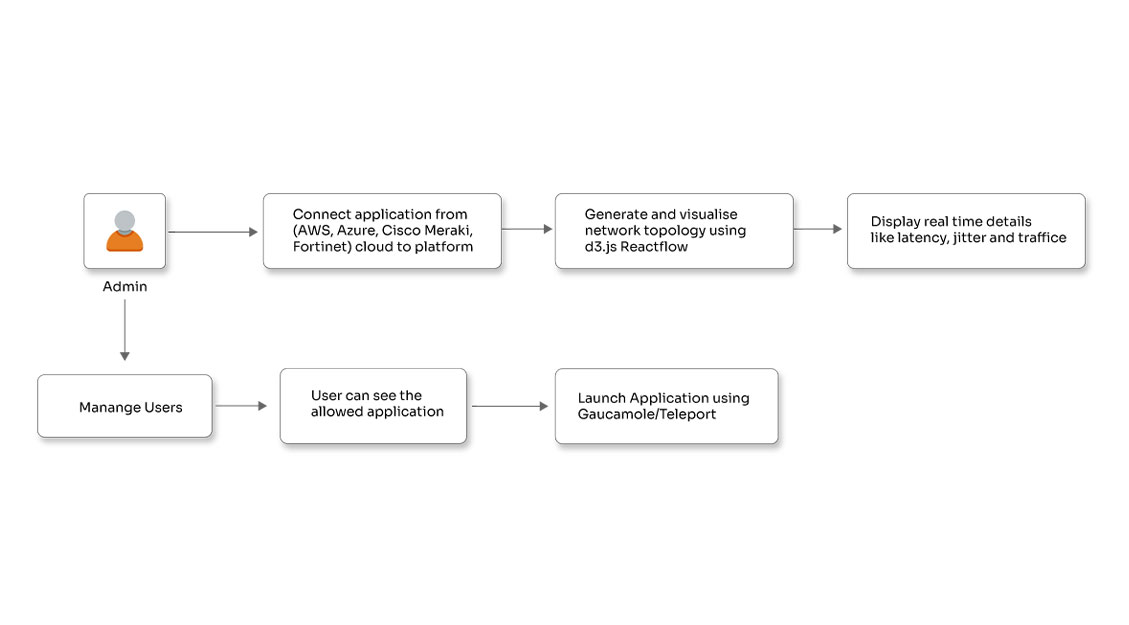Add value to your business with Continuous Testing

Posted By
Chaitanya Jawale

Increasing delivery speed and quality demands have driven IT organizations through rigorous transformations now and then. The transformations primarily include shifting from centrally organized IT teams to fully self-empowered teams and the staged development models replaced with continuous integration and continuous delivery models. These transformations have forced us to change the way we test. From being an independent stage to a continuous process, testing is becoming an integral part of each phase and team in the development cycle giving birth to the continuous testing culture.
In one of our whitepapers Continuous Testing in DevOps, my friend Colwin highlighted the changing trends in the testing paradigm. The whole concept of continuous testing has emerged significantly from the growing need to introduce software quality assurance as early as possible and keeping up with continuous software updates. According to a recent study by Markets and Markets, the continuous testing market is predicted to grow from $1.01 Billion in 2017 to $2.41 Billion by 2023. These numbers highlight the impact that continuous testing has on achieving true agility in application development and delivery. Continuous testing presents a different value proposition to routine testing methods that raise the business bottom line and open doors to enhanced business productivity. Let’s see why and how continuous testing can improve business prospects.
Why adopting a continuous testing methodology is vital for your business?
-
Reduce application-bound risks: Fast everything is the most talked-about requirement. However, ensuring your product is risk-free is more critical. Continuous improvement is the whole crux of DevOps. However, these continuous improvements mean continuous changes to code and continuous integration of that code. These continuous improvements can mean continuous vulnerability to errors. And this needs to be addressed if you don’t want it to affect your business. By implementing continuous testing, you can address and reduce the risks before the code goes into production.
-
Strengthen the performance: In the end, it all comes down to performance. And everyone expects the IT, be it applications, infrastructure, and the overall ecosystem, to perform to the full potential because it has a direct impact on the business. This impact is the measure of quality, productivity, and functionality of your IT solutions. And there is one sure-shot way to ensure and strengthen the performance - continuous testing. Now, to ensure that you are testing correctly at the right time and speed, you can adopt agile & DevOps testing and include self-testing builds in your CI/CD pipeline. The QA teams can use certain frameworks and tools to speed up the testing procedure and allow them to test early test often during the entire product’s lifecycle. Once you are sure of the performance, the results will start surging and will motivate you to adopt a completely DevOps-driven business model with appropriate test measures.
-
Improved test coverage: As the testing and automation start at the very beginning of the DevOps process, you can maximize the test coverage in the best possible way to identify any potential errors as early as possible with maximum test coverage.
-
Increased transparency and consistency: Testing early and often will provide the right visibility into your development processes. The interactive dashboards, reporting, and automated corrective actions enhance the overall performance to ensure enough transparency to identify all possible errors and probable failure causes and help identify and execute necessary corrective measures. Not only this, but the automation tools provide consistency in testing processes that add robustness to the configured environments, make it easy to maintain test configurations and maintain a seamless flow with continuous integration.
-
Make the right decisions: The ultimate aim for any software business is faster and more reliable application delivery. Continuous testing helps you make the right decision to ensure that. It helps you identify bugs early, provides enough visibility to identify potential or existing threats, and thoroughly analyzes the overall CI/CD pipeline. The Ops and decision-makers can refer to the assessment, and decide on the scope, costs, time, and resources for optimum results.
-
Business urgencies and response to the competition: To stay one step ahead of the competition, organizations must deliver the newest features complimenting the primary service offerings. These continuous improvements have made it mandatory to adopt the DevOps way. DevOps ensures faster releases, and to make sure these releases are reliable; we need continuous testing. It ensures a safe environment for the teams to carry out development, testing, and release at great speed by maintaining the quality. Hence you can provide faster response time to rapidly changing business requirements with DevOps combined with efficient continuous testing methodologies.
-
Reduced OPEX: It is often considered that the increased speed in DevOps is at the expense of several tools and frameworks. To some extent, it is true. However, with continuous testing, you can save on many costs involved in routine tests. There are several open-source automation tools available. This will not only help in faster testing but will also be a cost-efficient way to test. Plus, with the reduced manual efforts, you can use the test team’s efforts in a much more efficient way.
The future of testing in digital transformation
The main objective of continuous testing is to obtain instant feedback on business risks associated with a software release. In simple terms, continuous testing means that testing is no more just a stage in delivery but an integral DevOps activity. This activity exists in various forms throughout all the areas minimizing the risks with repetitive checks for different software projects. As organizations undergo digital transformation, the integration of automated testing becomes even more critical for maintaining competitive advantage. Of course, there will be a certain level of difficulties that one will face with the automation and all the tools and framework integrations. You have to match all this with the existing processes. Additionally, you have to encourage users to adapt to the solution. But all the available tools and frameworks for test automation these days make it somewhat easy. Some of the best available testing tools that you can choose from are Katalon Studio, Travis CI, Selenium, Jenkins, Appium, Eggplant, Watir, Tosca, Testsigma, Rational Functional Tester, and Unified Functional Tester.
With the correct continuous and adaptive testing approach, you can identify potential and existing threats faster. You can incorporate real business concerns into your tests and meet the business expectations related to security, compliance, and reliability. You can amalgamate test practices with machine learning systems to learn new business applications to create test cases that can enhance your application’s quality. Altogether automating repeatable processes will make it less monotonous for your team. The team will put more effort into getting results that will add value to your business with more creativity, strategy, and new features.
Delivering quality software at speed starts with Continuous Testing. At Opcito, our QA and Test Engineering services help you integrate testing seamlessly into your CI/CD pipeline—ensuring faster releases, better performance, and reliable user experiences. Contact us to know more.




















